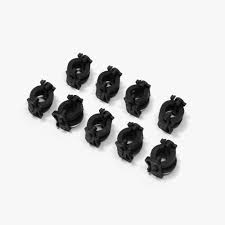
Seismic isolators have become an essential component in maximizing building safety, especially in regions prone to high levels of seismic activity. These innovative devices are designed to minimize the impact of ground shaking from earthquakes, thereby reducing the risk of structural damage and collapse. In this article, we will explore the role of seismic isolators in enhancing building safety and...